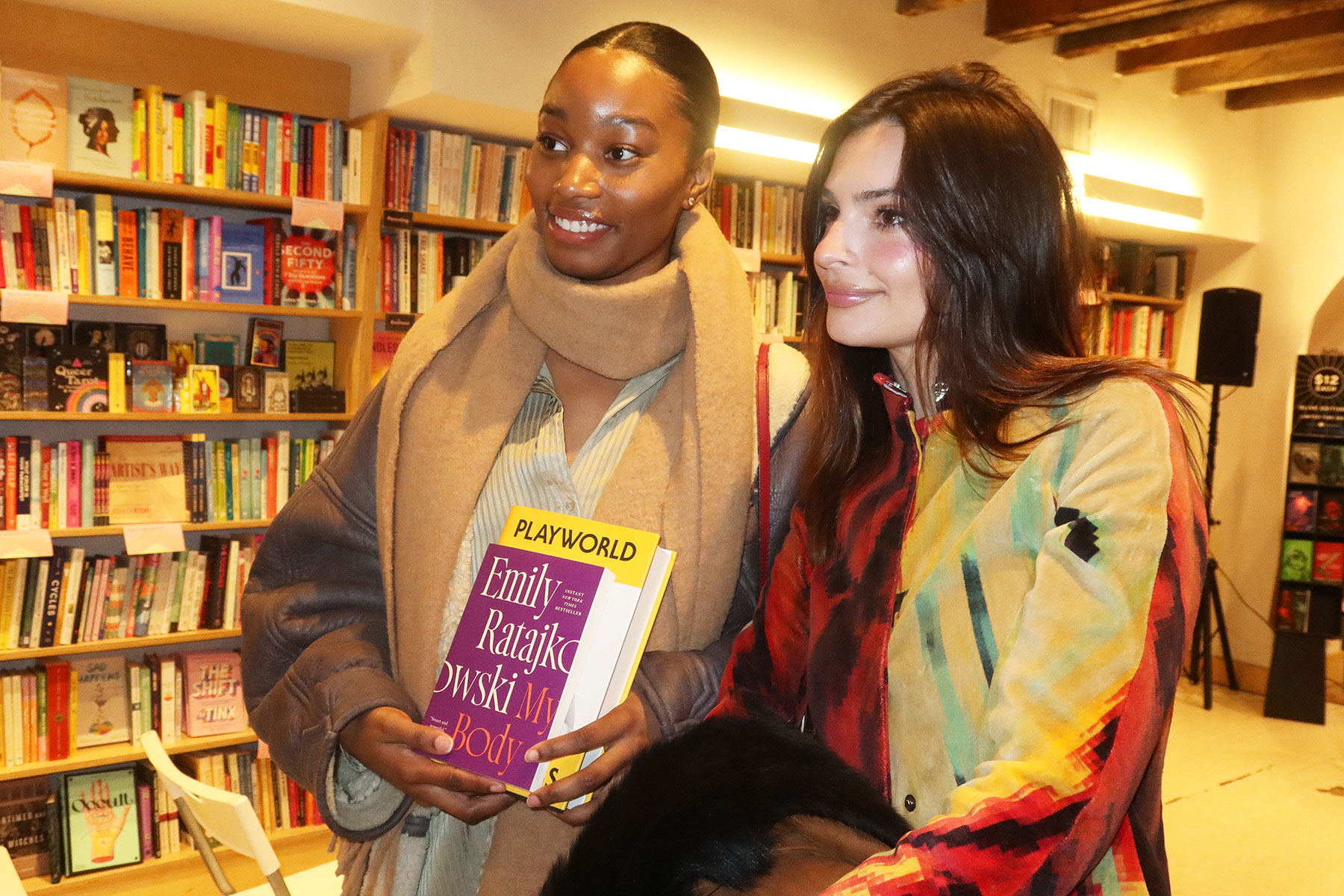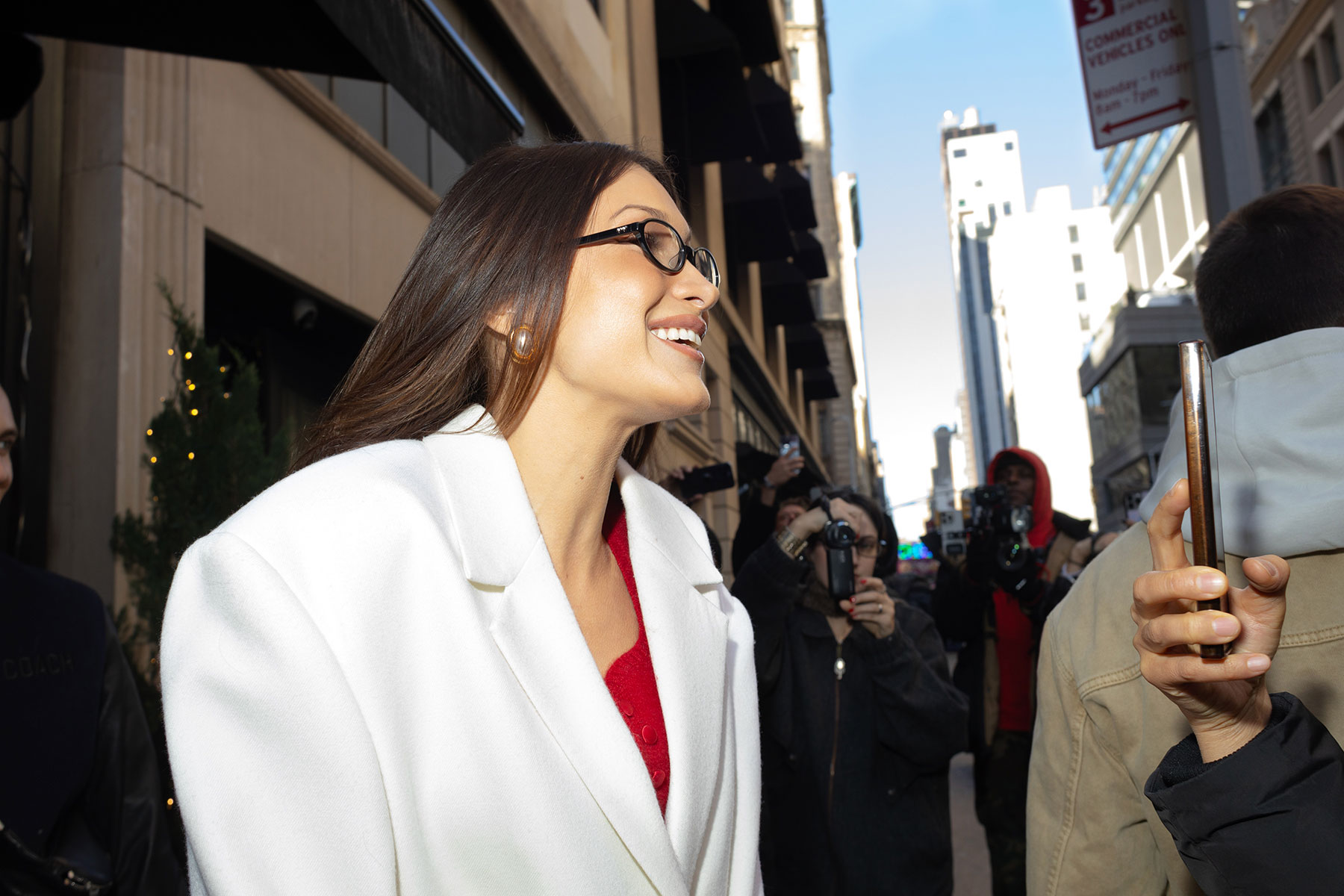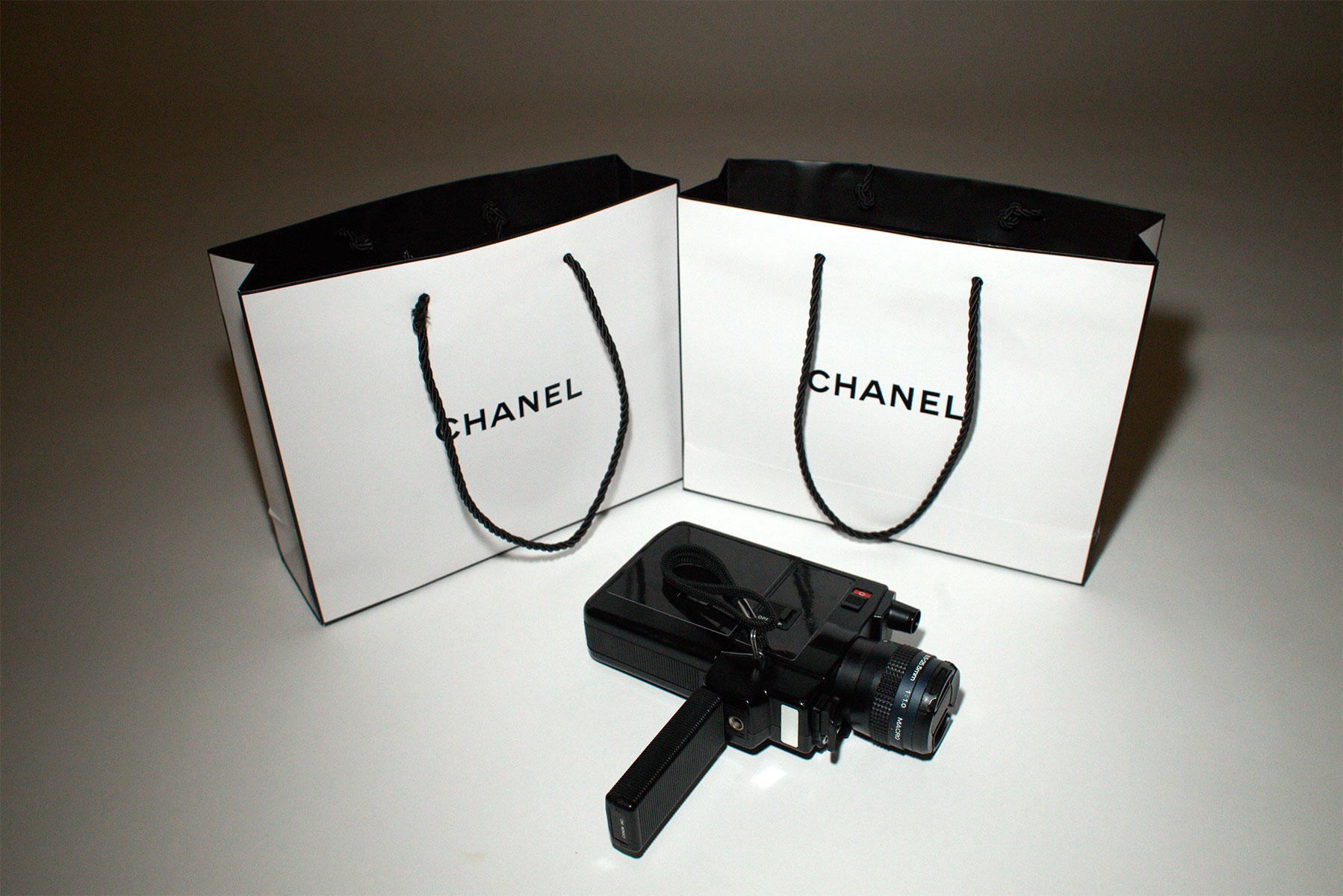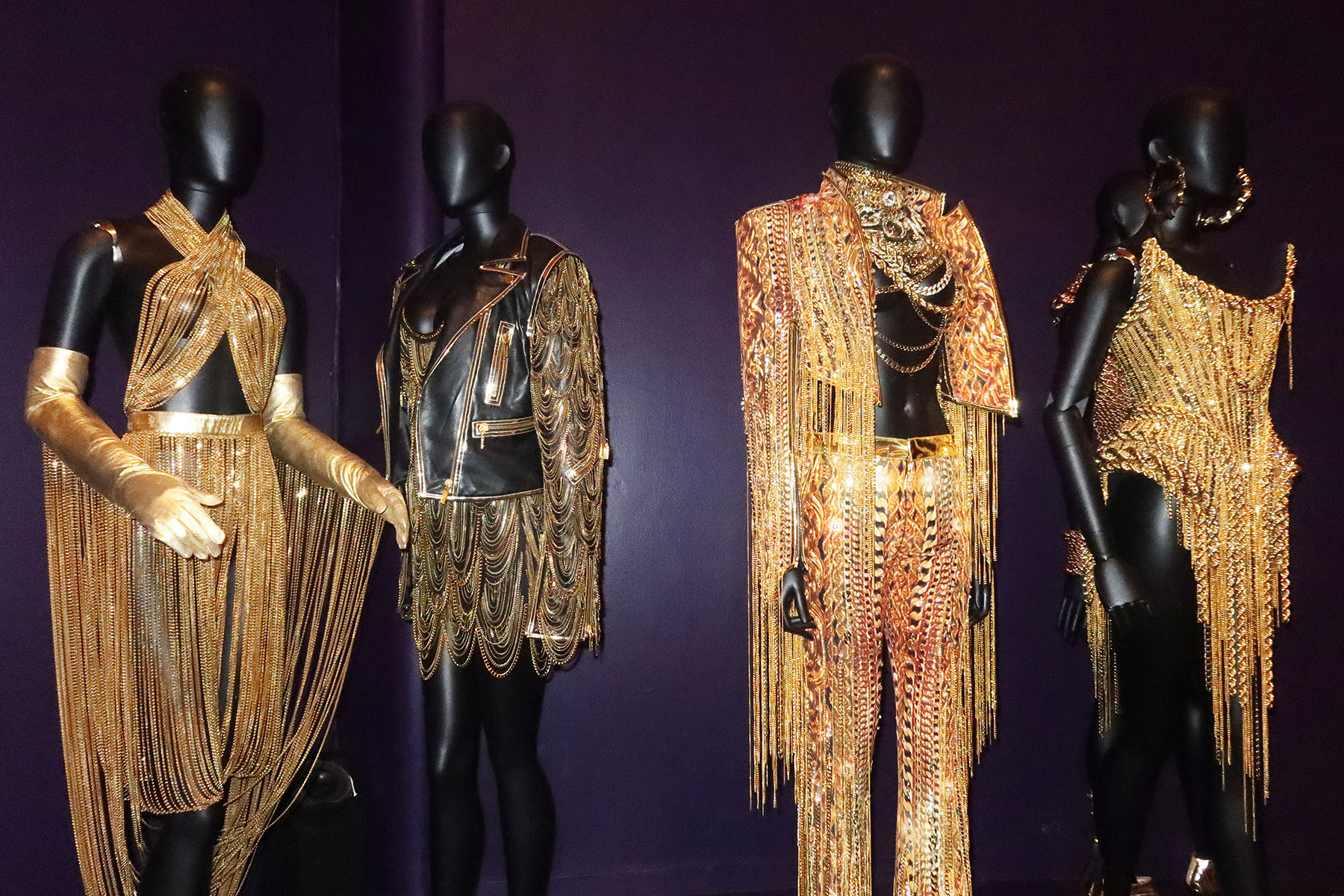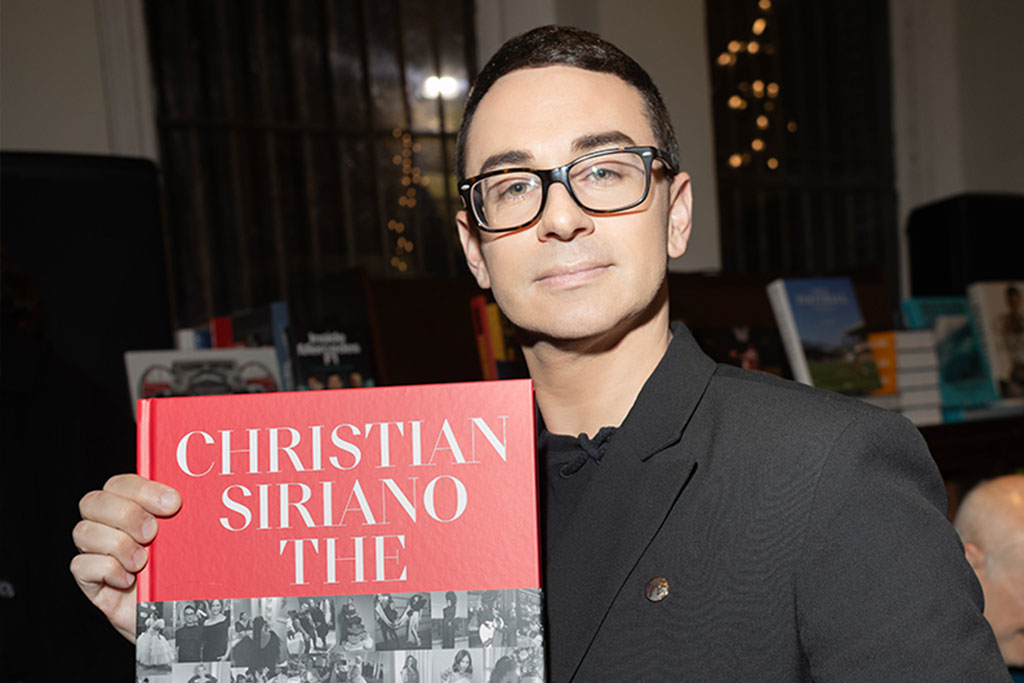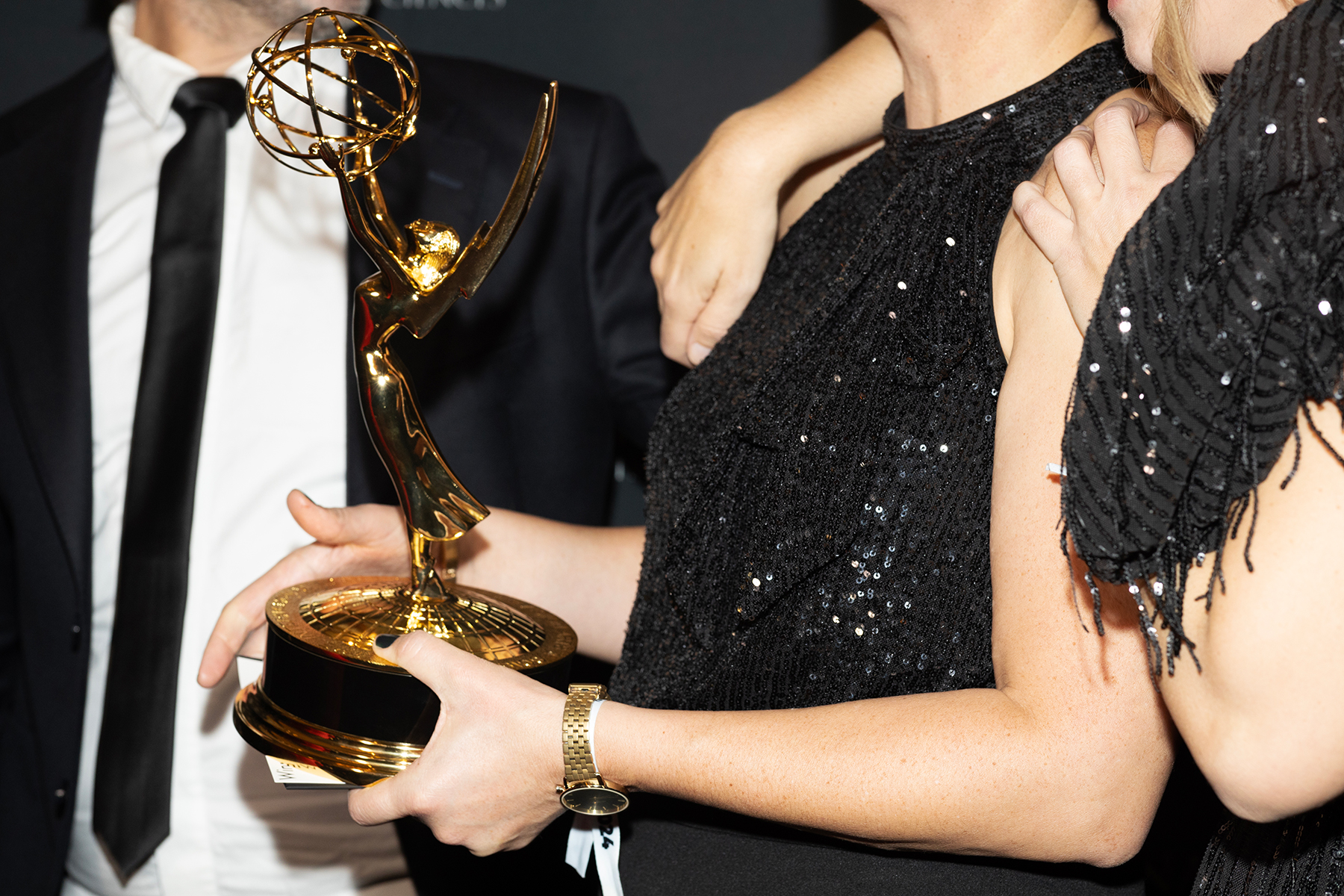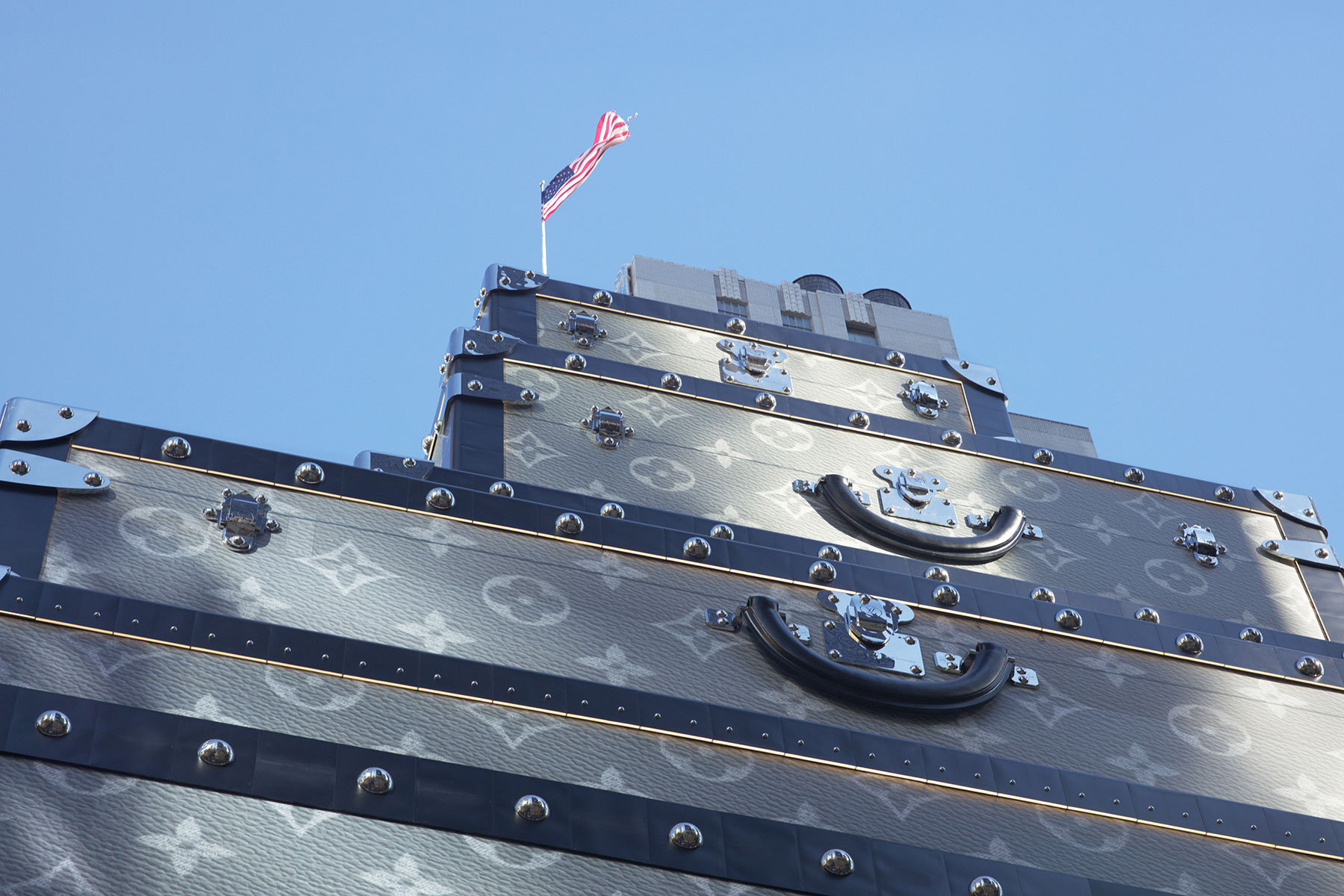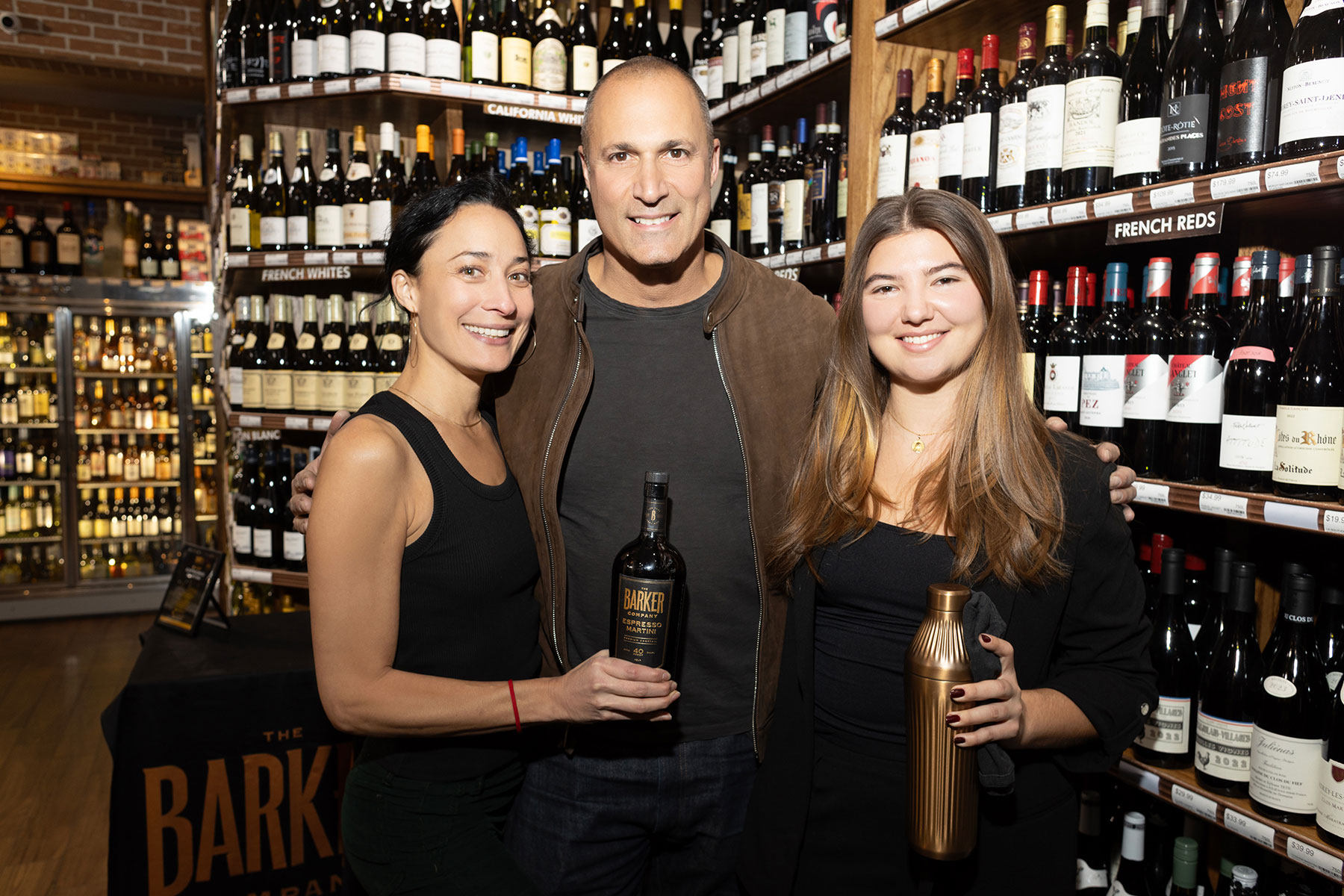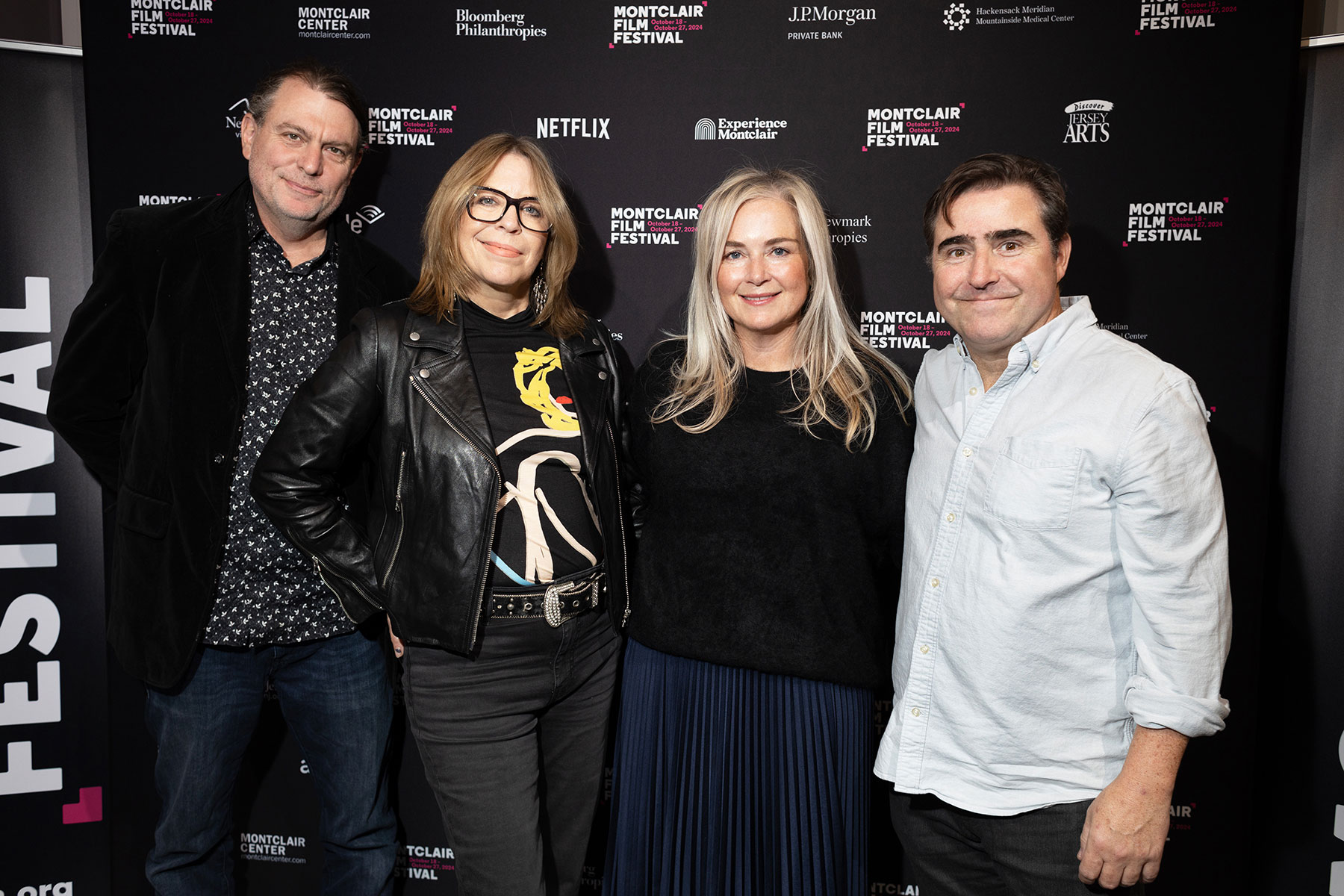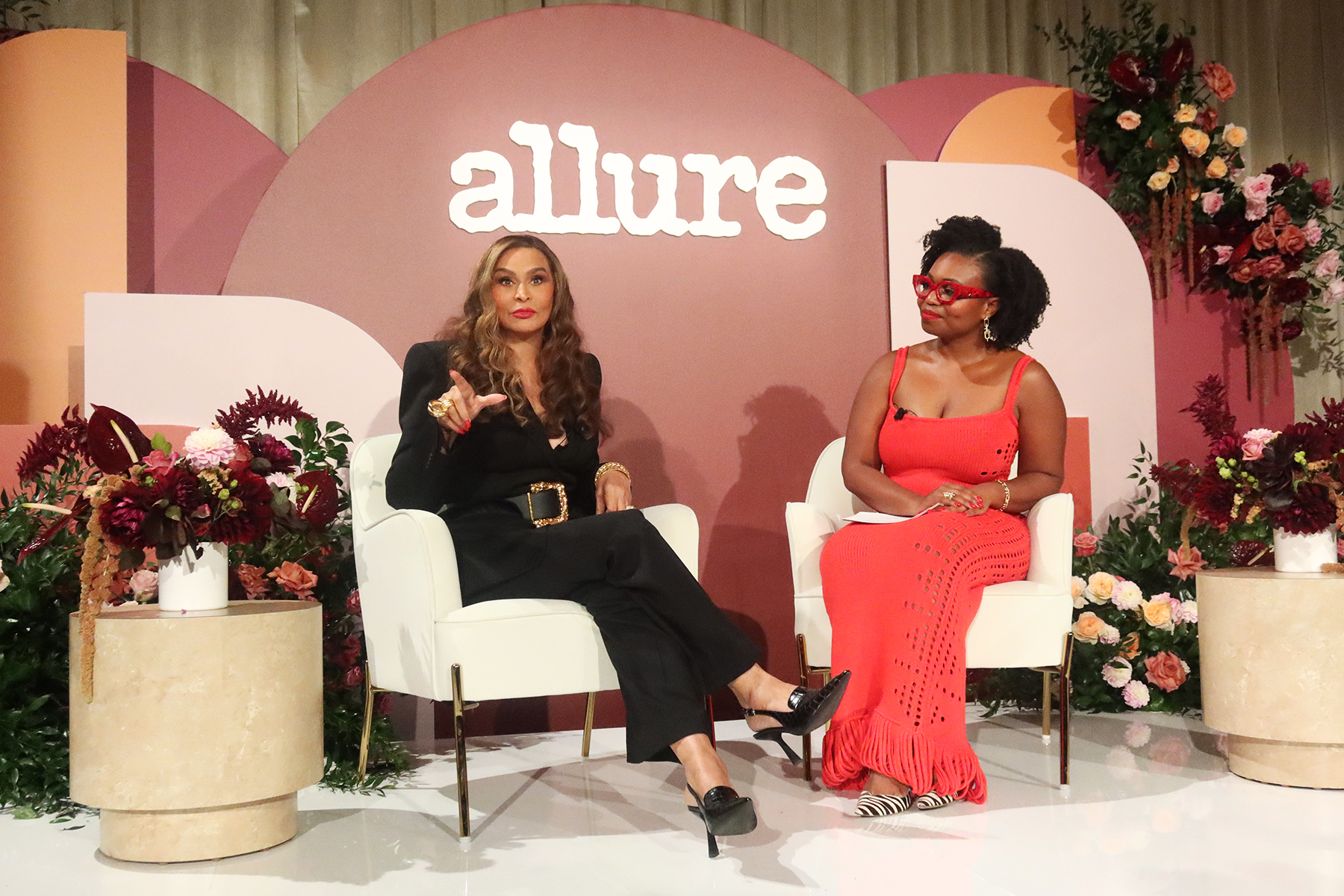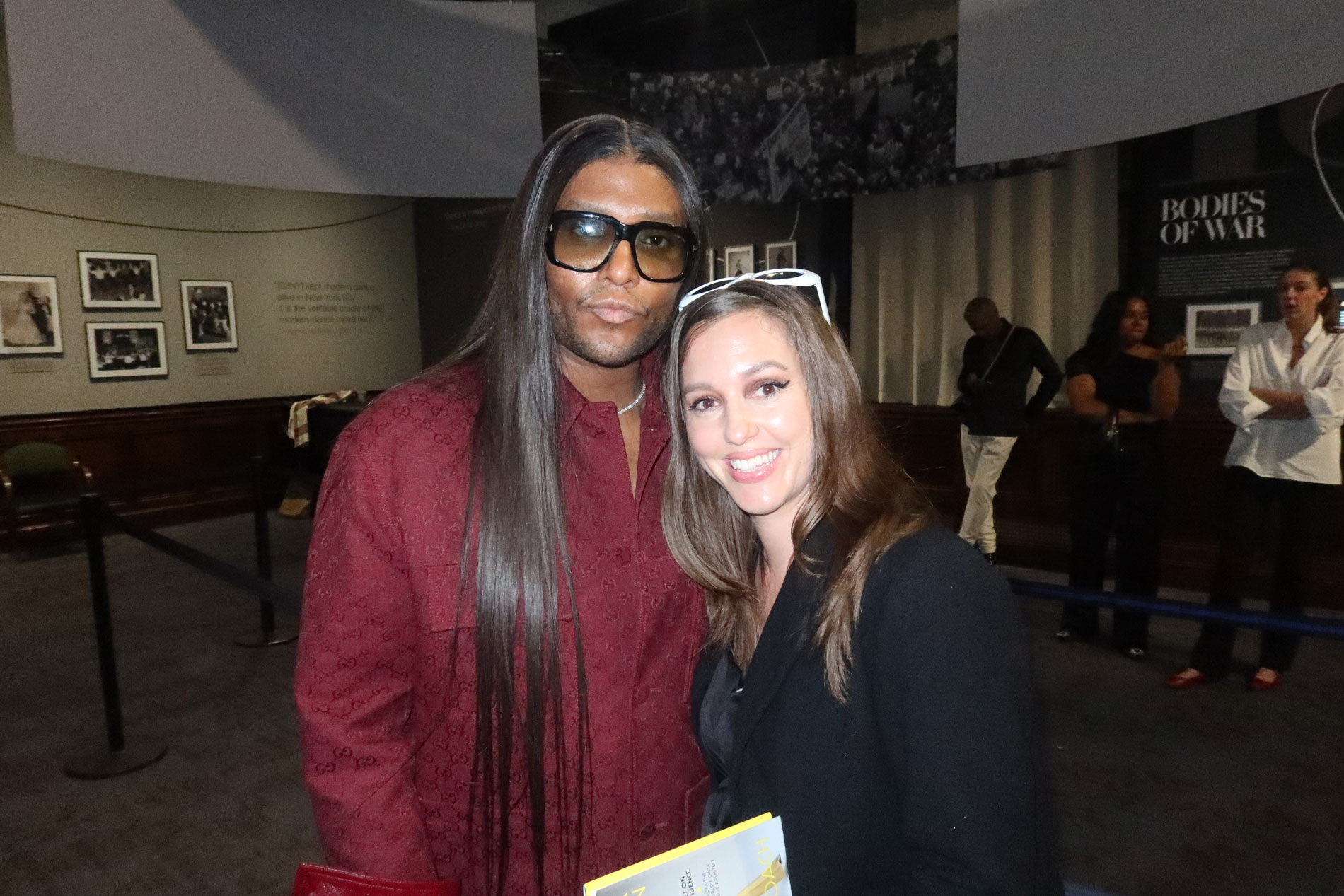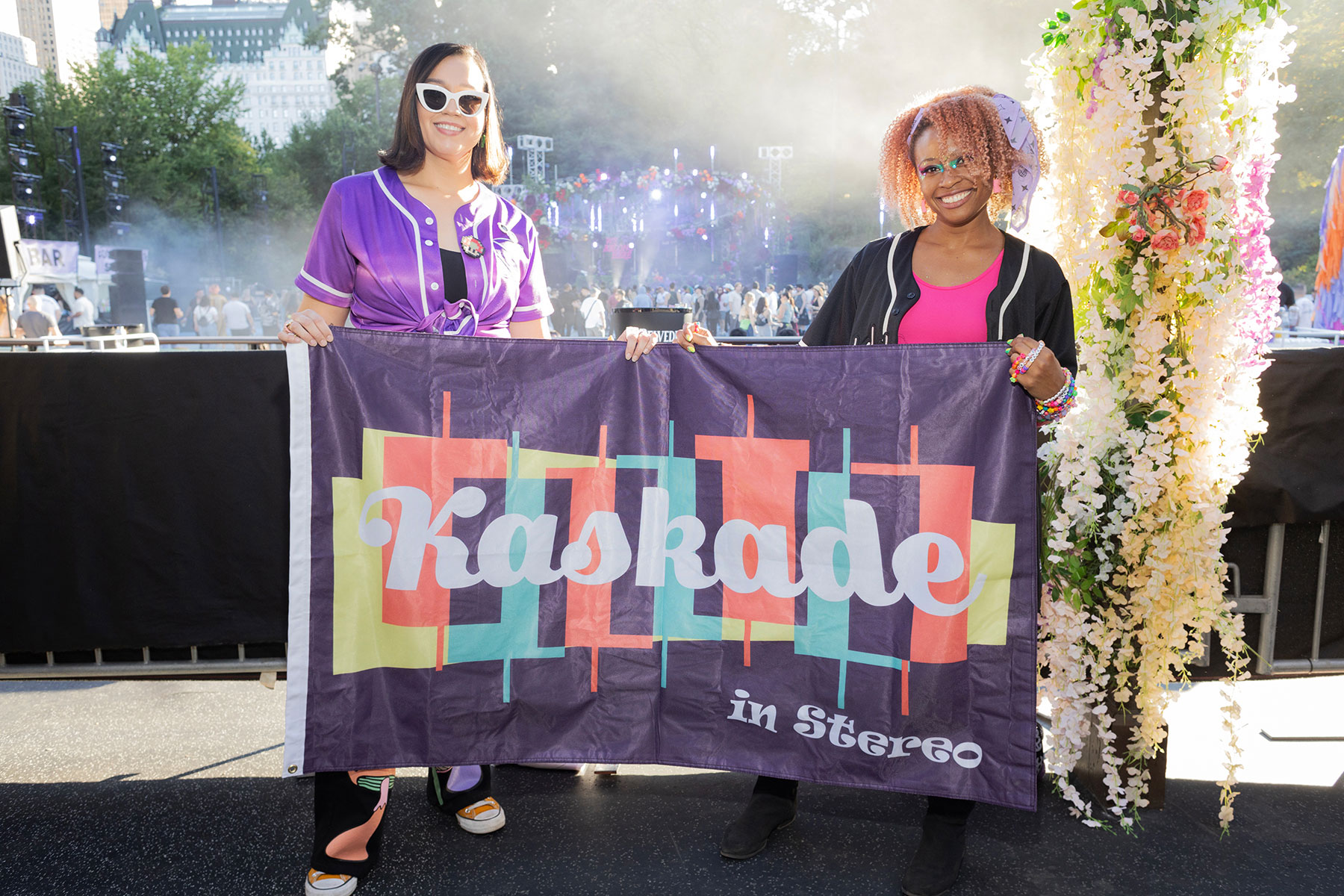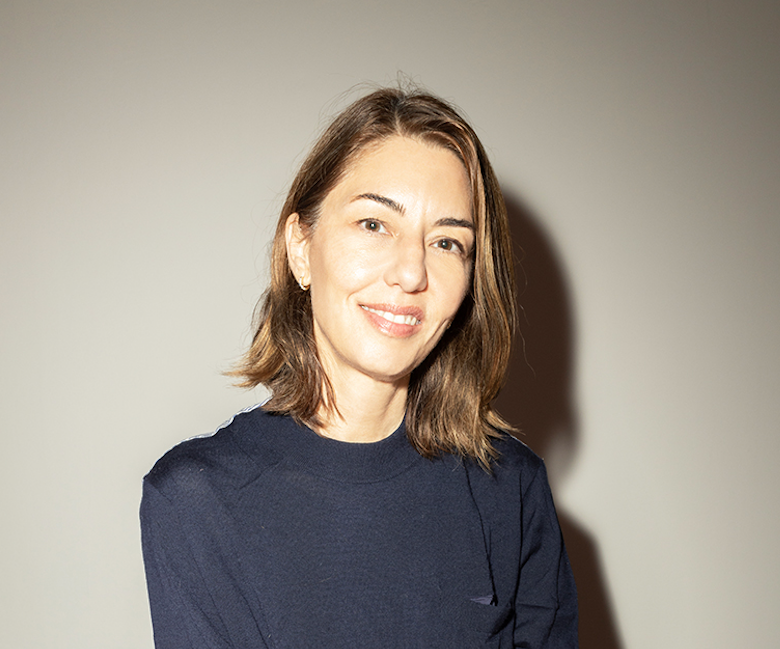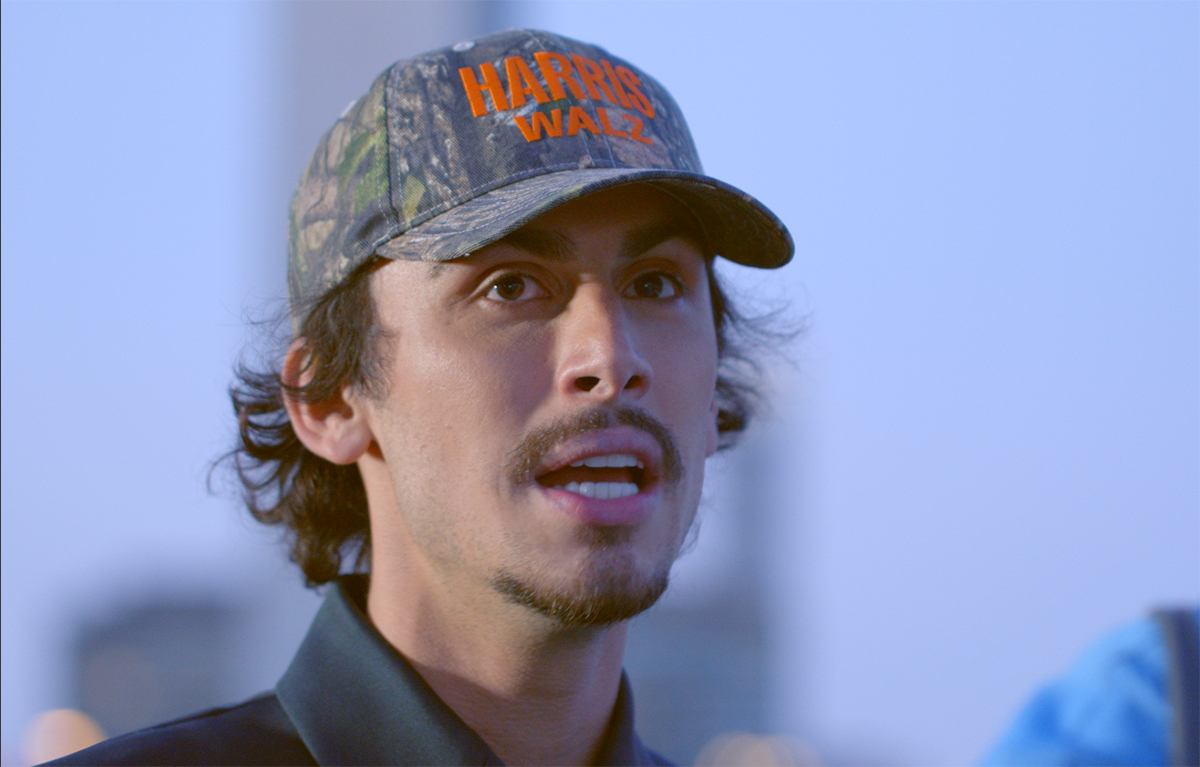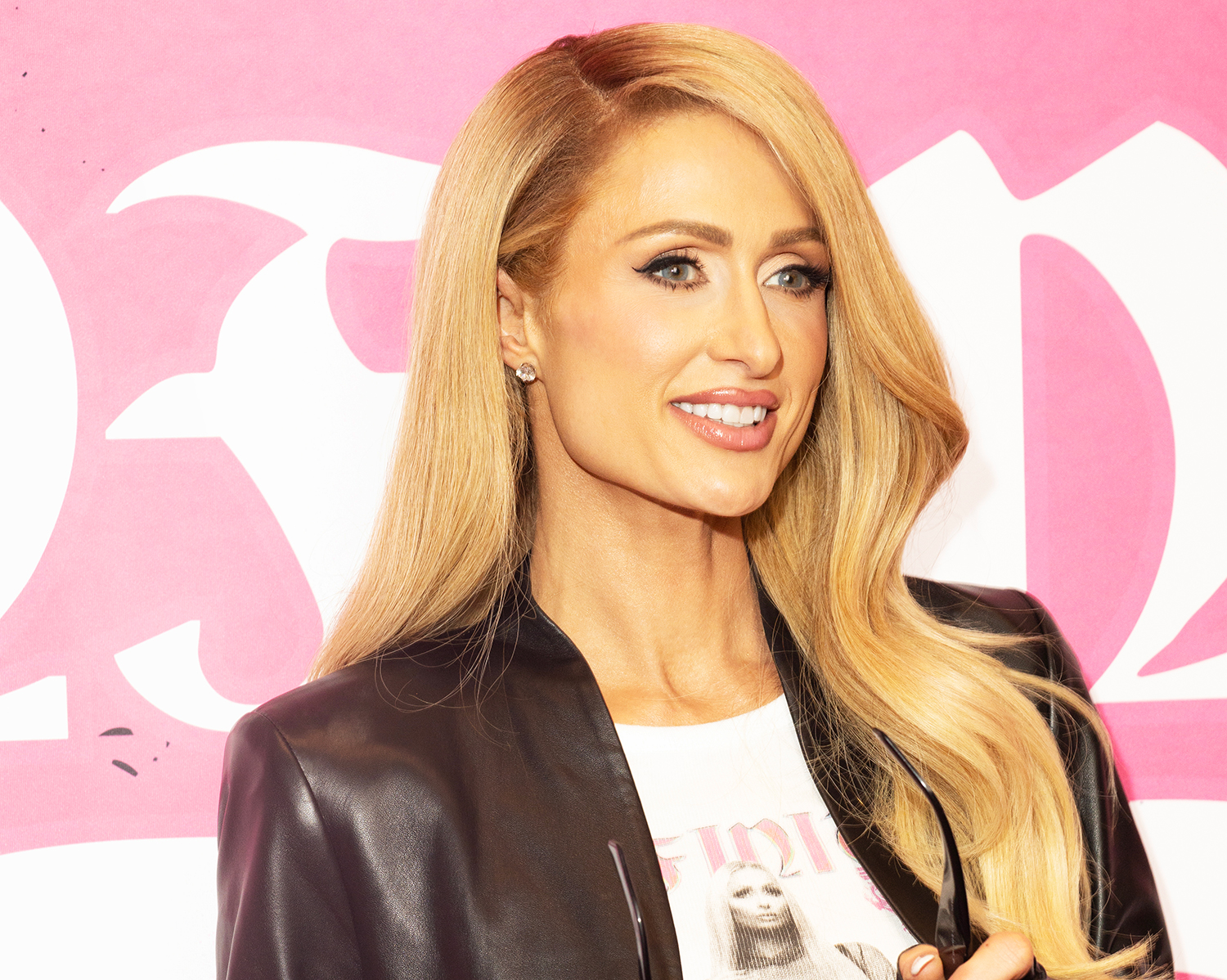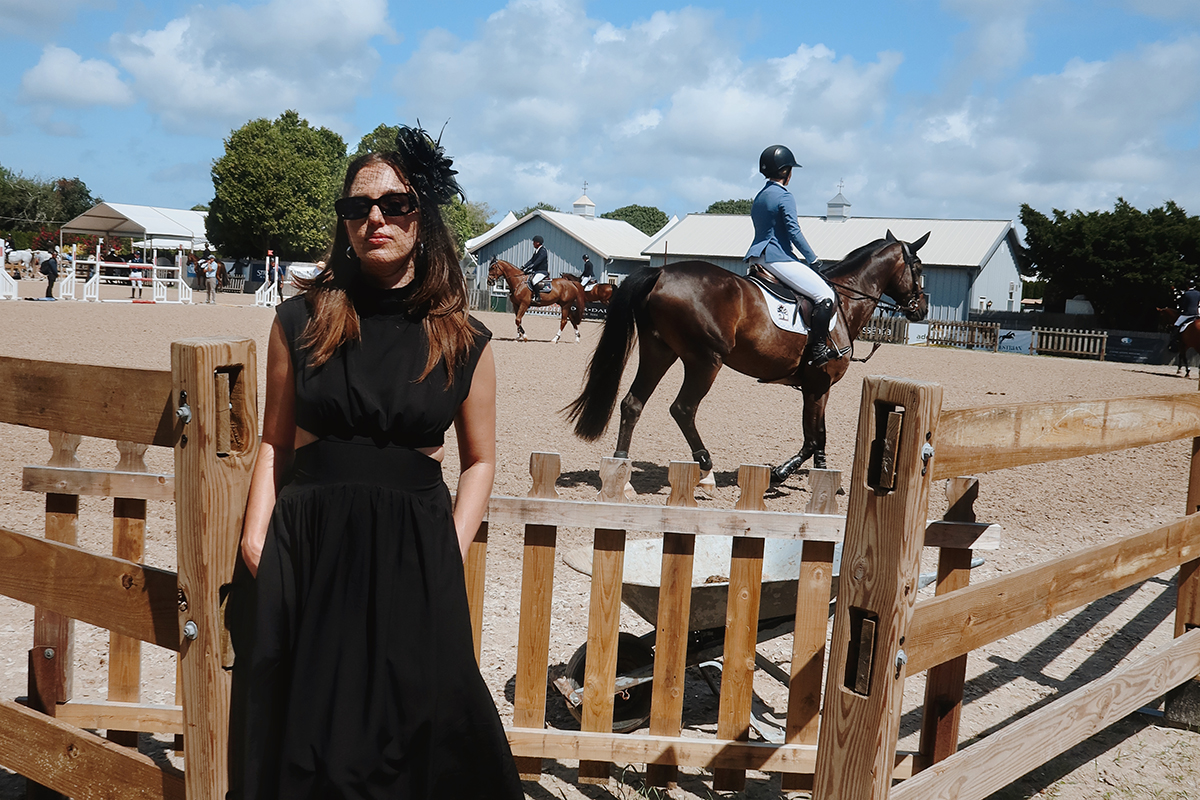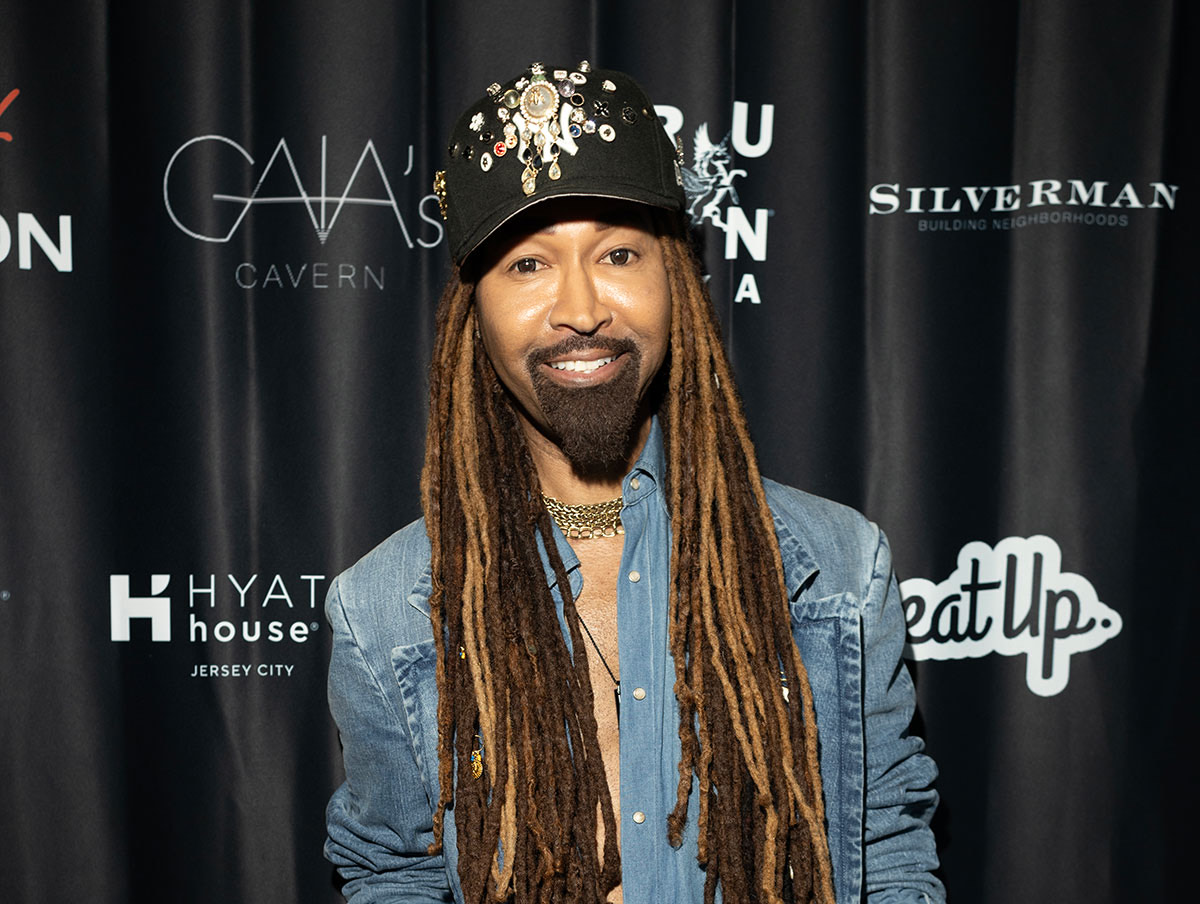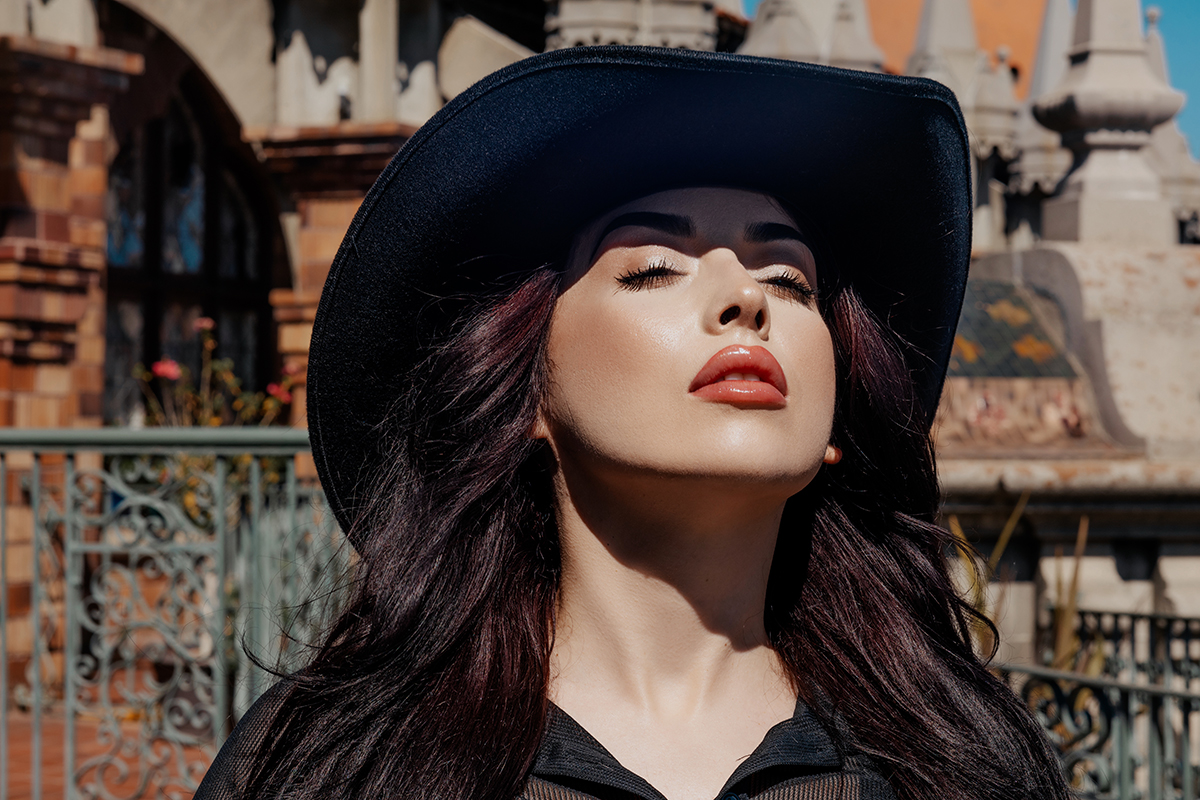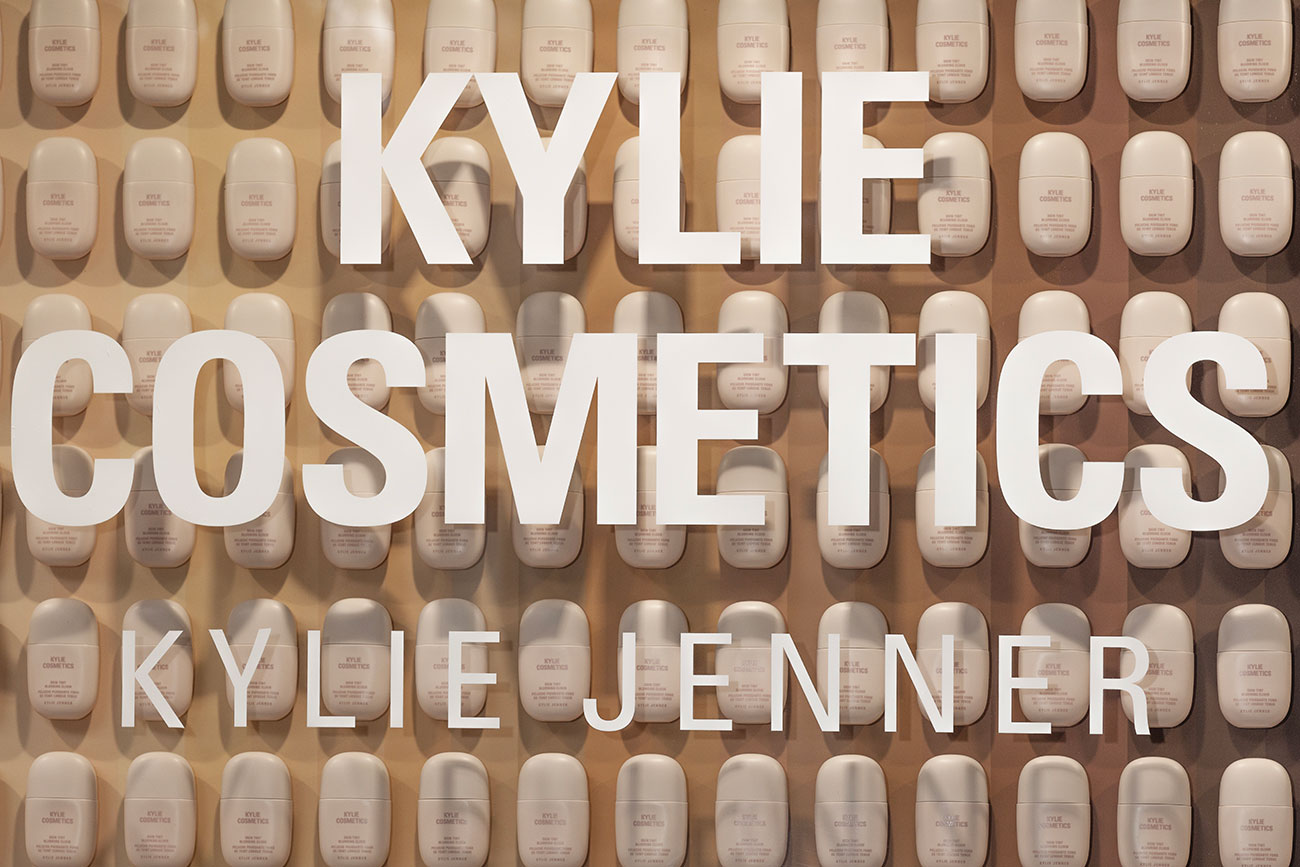How Barbie made it?
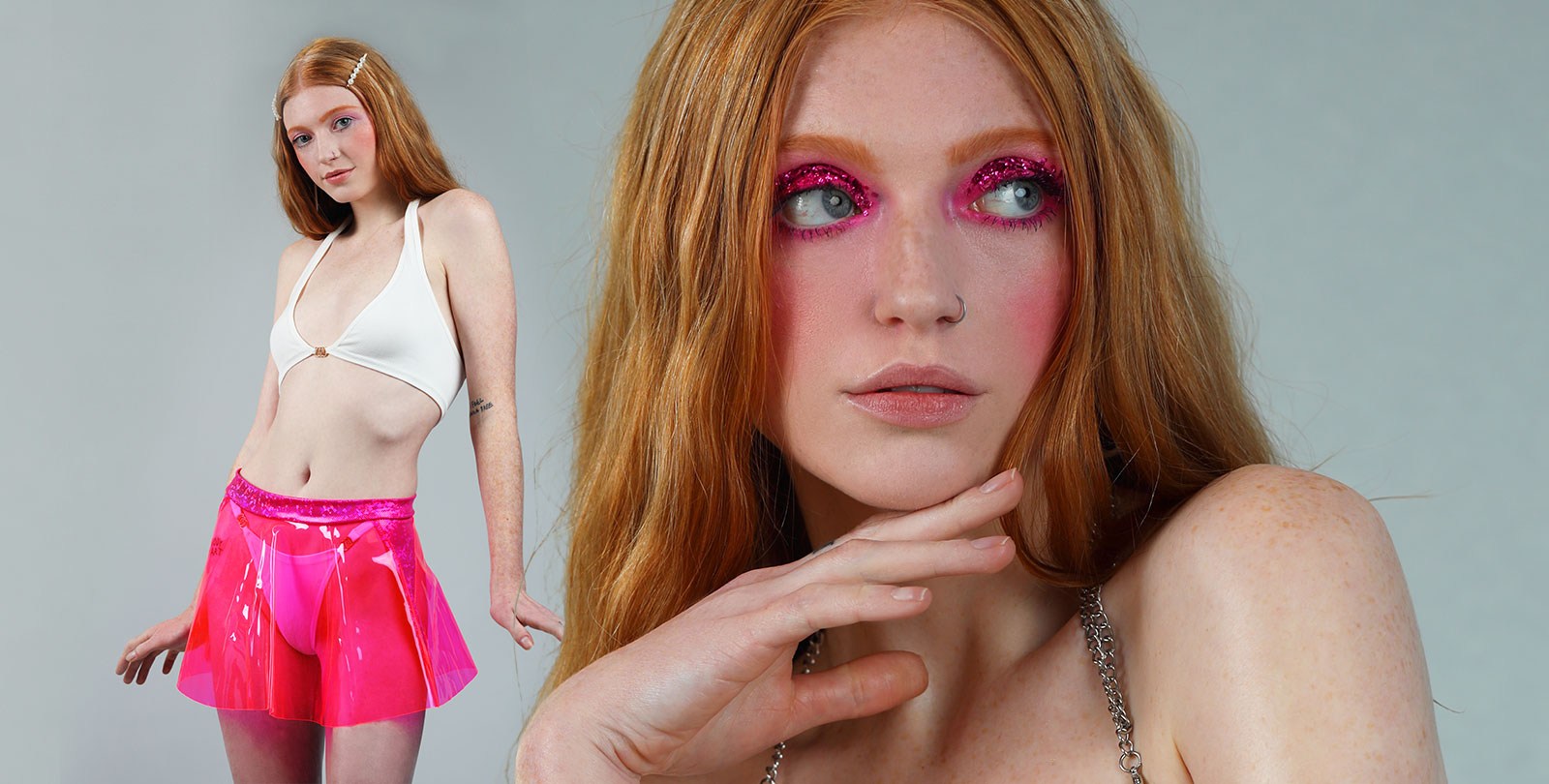
Margot Robbie was confirmed to play the iconic Mattel doll in January 2019, and Ryan Gosling joined the cast in October 2021 to play Ken, Barbie's plastic partner.
The film has remained shrouded in mystery ever since. While promotional images of Gosling and Robbie in character have been made available by Warner Bros., the actual plot has been kept strictly under wraps.
With all the vulnerability of remarkable times, many individuals have appreciated glancing back at the substance that characterized the more straightforward seasons of their young life. This is one reason why "Y2K" aesthetics have recently emerged in fashion as well. Barbie is one of those reassuring, nostalgic plastic faces that dominated the new millennium for those who grew up in the 2000s. Numerous children of the 2000s and late 1990s were delighted by the Barbie Cinematic Universe, whether the enduring doll and character appeared as Rapunzel or as The Swan Princess. Even though these kids are now adults, they are still prepared to relive their pink-washed fantasies, one meme at a time, from their younger selves.
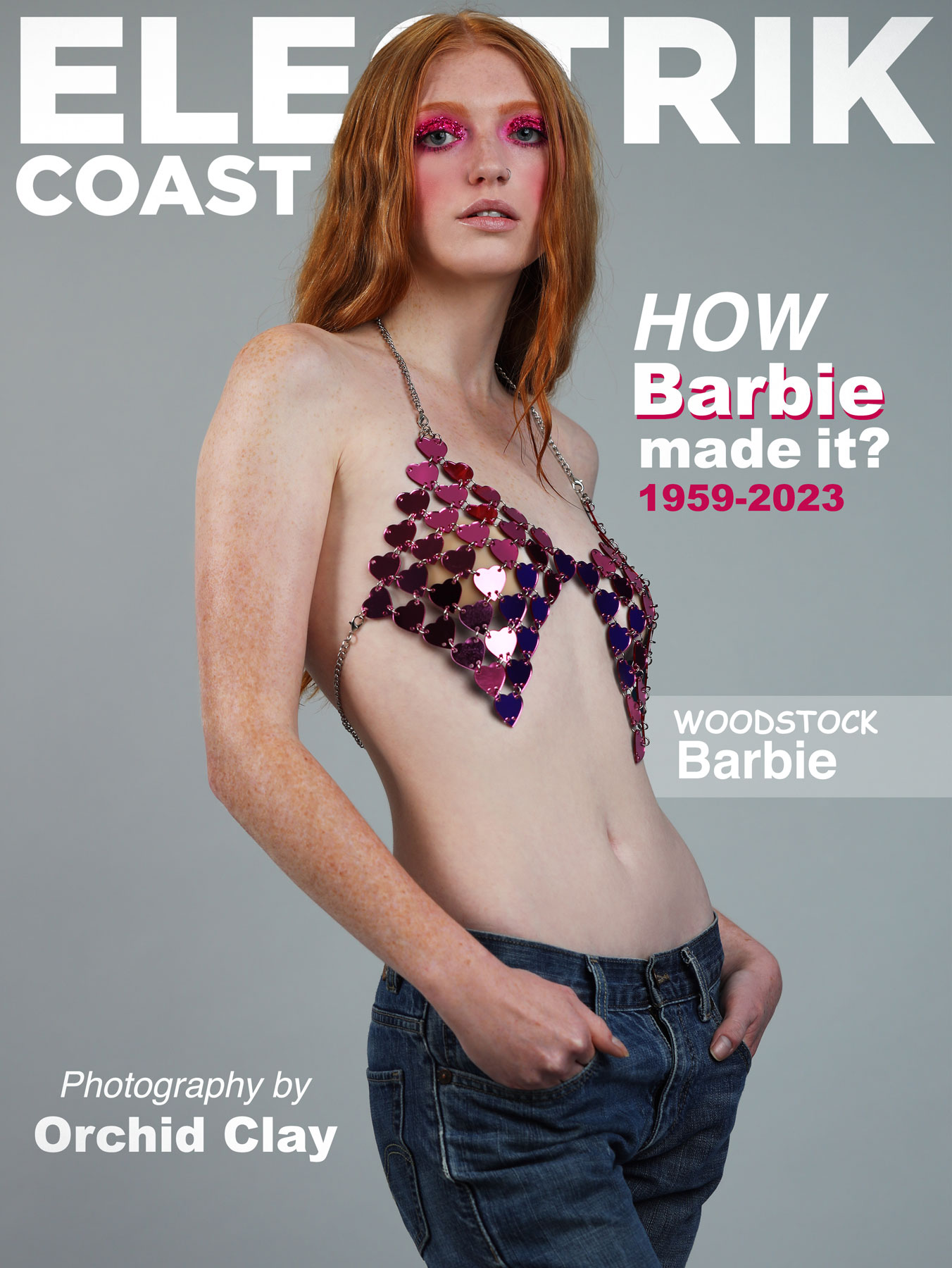 photography by @theorchidclay
photography by @theorchidclay
Ruth Handler, an entrepreneur, created Barbie in 1959 after becoming inspired by her daughter's play with paper dolls that she projected her own hopes and dreams onto. As opposed to dolls that reflected young girls' professional and personal aspirations, Handler saw a gap in the market for dolls that were designed to make girls feel like caretakers.
Despite the fact that Barbie and her image has needed to go through loads of updates to remain applicable and enabling, her motivation has pretty much remained something similar for a really long time. Young children, particularly young girls, are meant to see the many different kinds of lives they could lead through Barbie.
But apart from Barbie's iconic movies, her fashion has made an impact on the fashion industry.
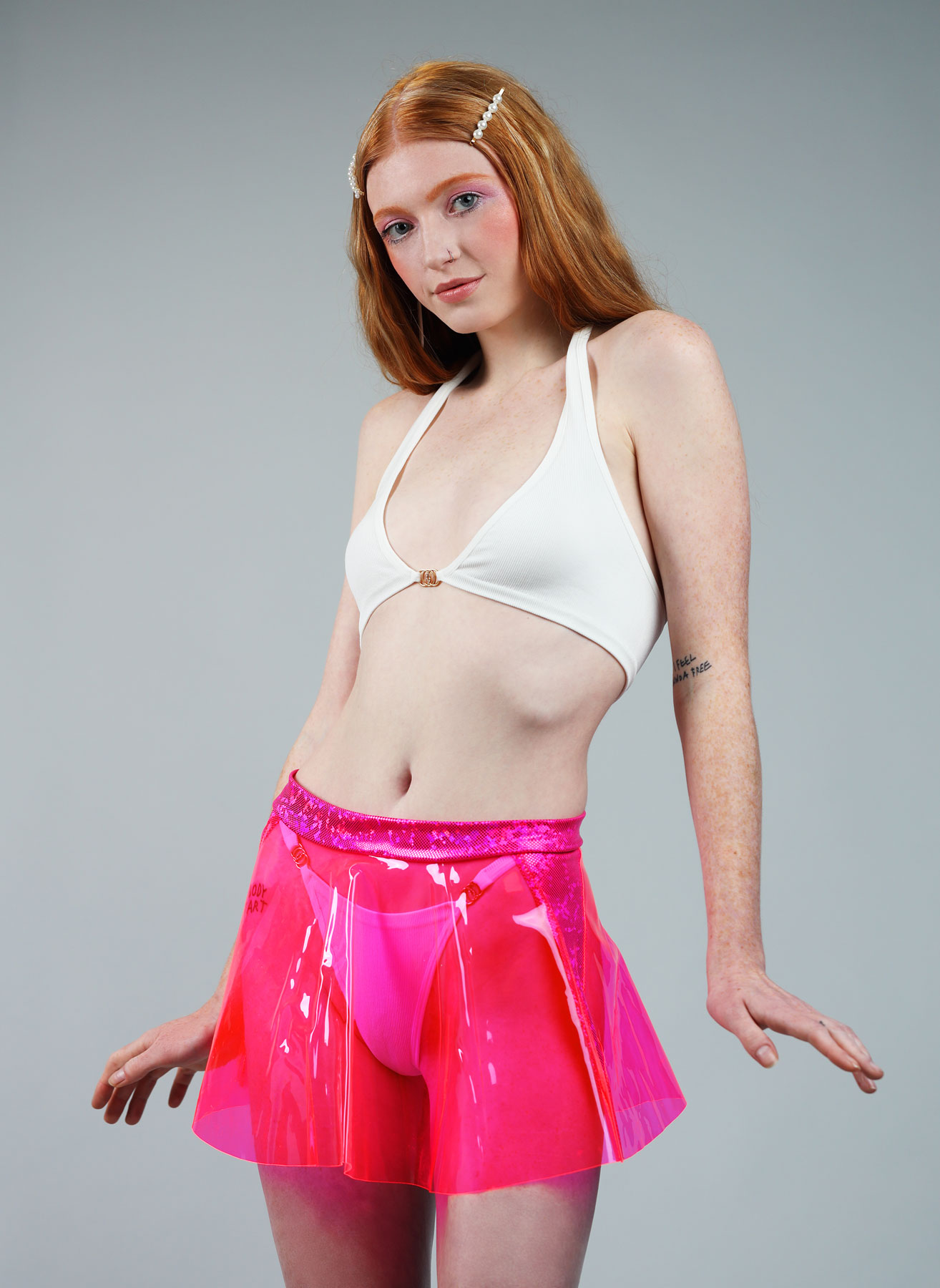 photography by @theorchidclay
photography by @theorchidclay
Because she has evolved over time, Barbie has maintained her popularity. She started out as a teenage model with ponytails and dark eye makeup in 1959. With a distinctive haircut known as the Jackie Kennedy bubble cut, she became very chic up until the middle of the 1960s. Barbie wore glitter during the disco era, and when Jane Fonda exercised, she wore leg warmers made of knit fabric.
Additionally, Barbie's face changed over time. She had a distant appearance and fine, distinct features in the 1960s. With lots of hair and glitter, large round eyes, puffy baby cheeks, and this changed into a more babylike appearance. With the release of "Superstar Barbie" in 1977, she received a smile that made her appear friendlier. These adjustments reflected the significantly younger Barbie market, which ranged from approximately three to ten years old. In 1997, Barbie's amazing proportions underwent yet another transformation, with her chest shrinking and her waist becoming wider.
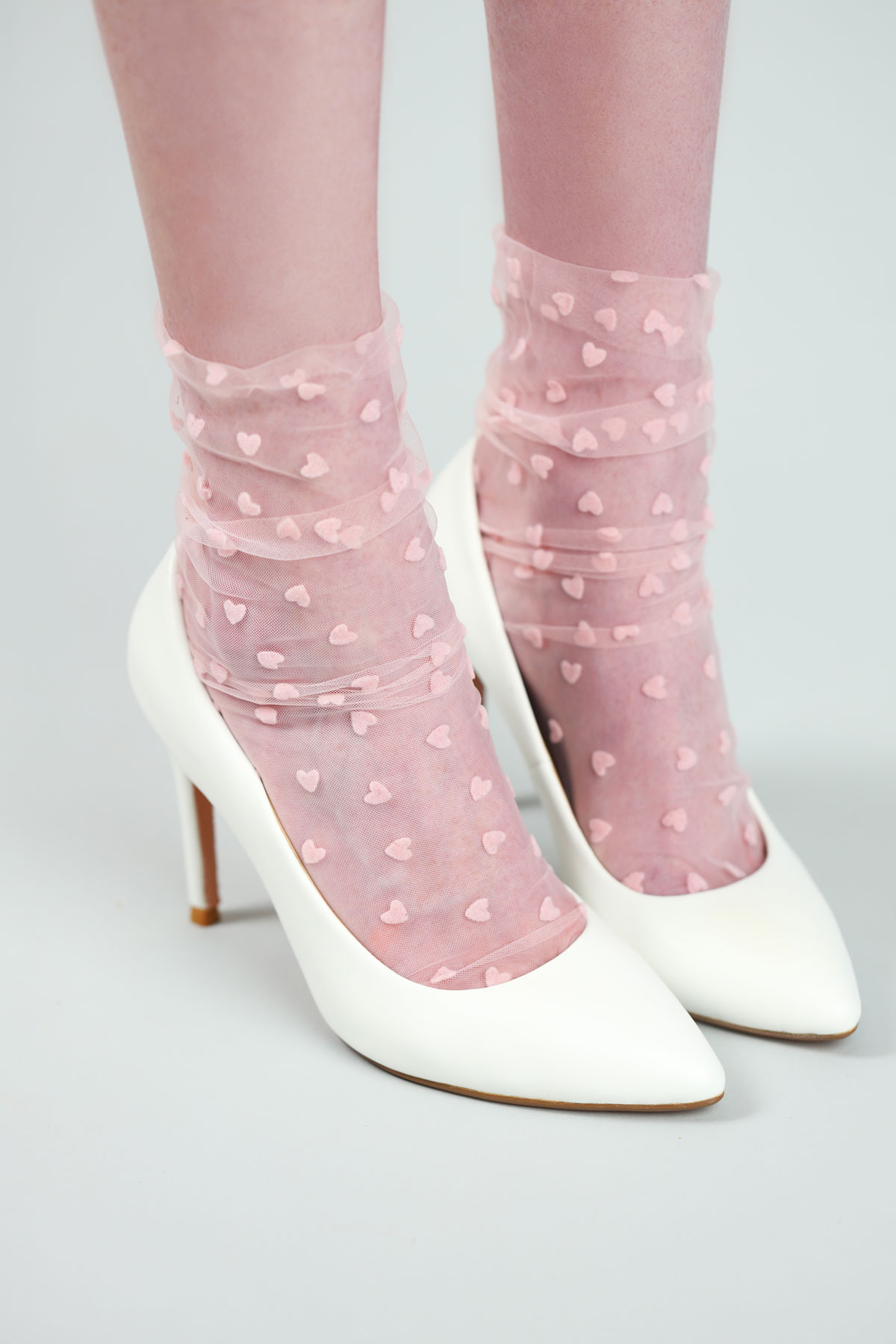 photography by @theorchidclay
photography by @theorchidclay
Barbie successfully validated social relationships for girls that extend beyond the singular function of motherhood and extend into a more diverse array of adult friendships and relationships, in contrast to the baby dolls that had previously dominated the toy market for young girls. Further, Mattel started to create Barbie dolls that mirror ladies' augmenting cluster of expert choices and pass the pertinence of those choices on to little kids finding out about the world and themselves. The first Barbies had professions like fashion model, fashion designer, registered nurse, flight attendant, and babysitter. They also came with books about how to travel and get a raise. Miss Astronaut Barbie, which debuted in 1965, two years after Soviet cosmonaut Valentina Tereshkova became the first woman to travel to space, is another significant illustration. Even though women were not allowed to join NASA's astronaut corps until 1978, the doll's name and presentation effectively encouraged young girls to imagine themselves as single, successful women, which was a radical development at the time. In 1973, Mattel released a new Barbie who worked as a surgeon, a far cry from the candy striper role Barbie had held just nine years earlier. This pattern of doll development was carried on.
To most ladies Barbie holds an extraordinary spot in our lives as youngsters. This doll did not require diaper changes or feedings from a bottle that disappeared. This doll, on the other hand, was a projection doll that let the player pretend to be a fashionable young woman who was dressed to the nines. Carol Spencer, who designed for the doll for more than 35 years, is one of the real-life women behind the iconic outfits that Barbie wore.
Spencer was hired as a fashion designer for Mattel and their Barbie line in 1963. She was a good fit for the role, which was new at the time because she had a degree in fine arts and was interested in fashion.
She created the mod looks of the late 1960s, the space age looks of the 1970s, and even the kicky neon Barbie clothes of the 1980s and 1990s for more than 35 years by drawing inspiration from streetwear, haute couture, and her own fashion sense.
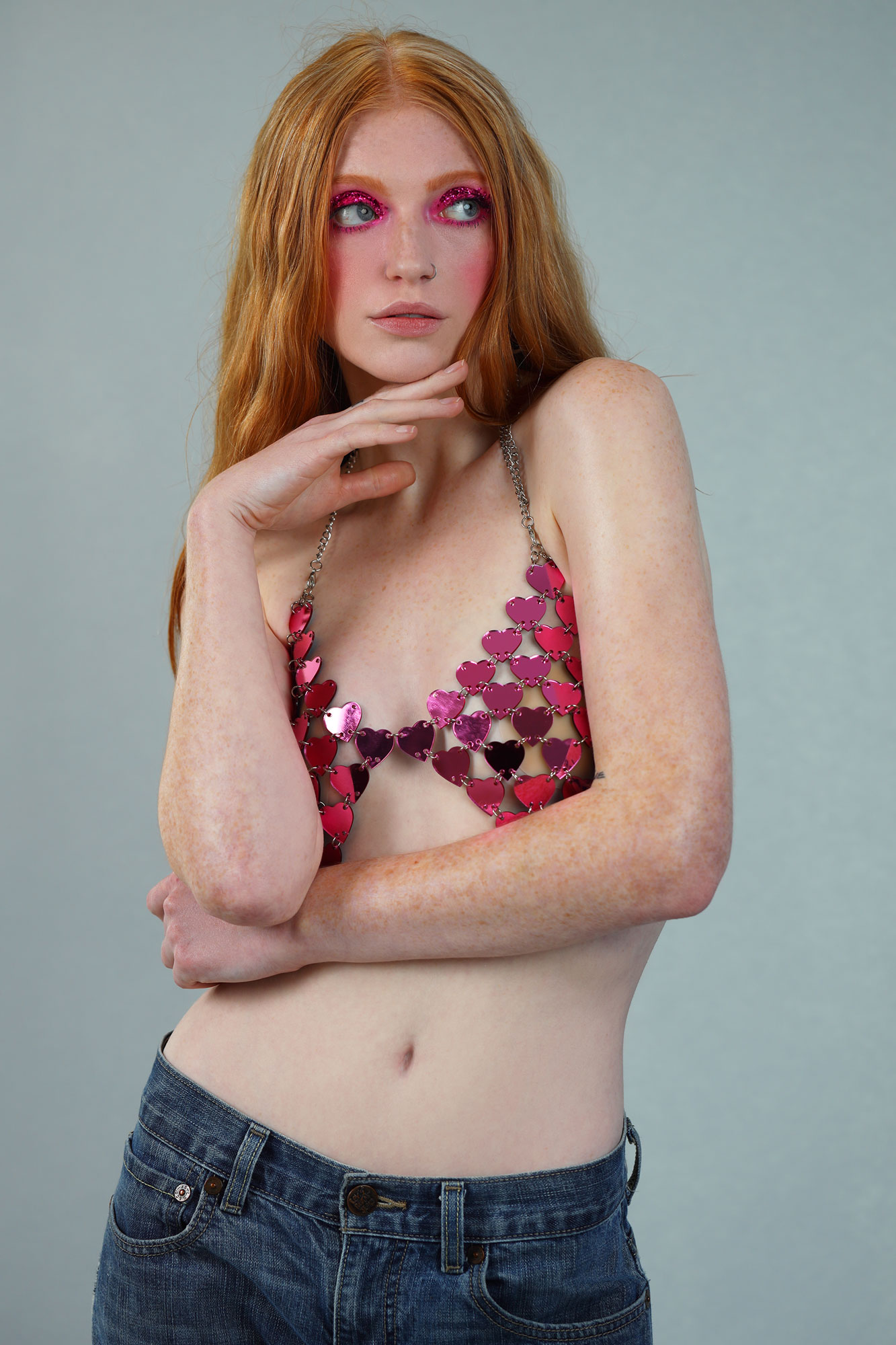 photography by @theorchidclay
photography by @theorchidclay
The outfits for the Golden Jubilee doll, a lot of the early workout Barbies, the Totally Hair Barbies, and the early Gone with the Wind Barbie costumes were all created by Spencer. She also created the Marie Osmond and Donnie doll outfits for Mattel.
While she got on the organization beyond any good time to have made the 1950s very ladylike Barbie looks, her plans were of the age and given a lady both taste and mainstream society wise.
Barbie is a massive production with a lot of stars and multiple Barbies, Kens, and humans in it. The entire cast was made public on social media after the movie had previously kept character information a secret.
The doll cast incorporates: Robbie, Hari Nef (Transparent) as the doctor Barbie, Emma Mackey (Sex Education) as the physicist Barbie, Dua Lipa as the mermaid Barbie, Ana Cruz Kayne (Painkiller) as the Supreme Court Justice Barbie, Sharon Rooney (My Mad Fat Diary) as the lawyer Barbie, Emerald Fennell (The Crown) as Midge, Issa Rae as the president Barbie, Kate McKinnon (Saturday Night Live) as a Barbie author, and Ritu Arya (The Umbrella Academy) won a Pulitzer Prize for her portrayal of Barbie.
The different Kens are depicted by: Gosling, Simu Liu (Shang-Chi and the Legend of the Ten Rings), Scott Evans (Grace and Frankie), Kinglsey Ben-Adir (One Night in Miami), and Ncuti Gatwa (Sex Education). Allan is played by Michael Cera.
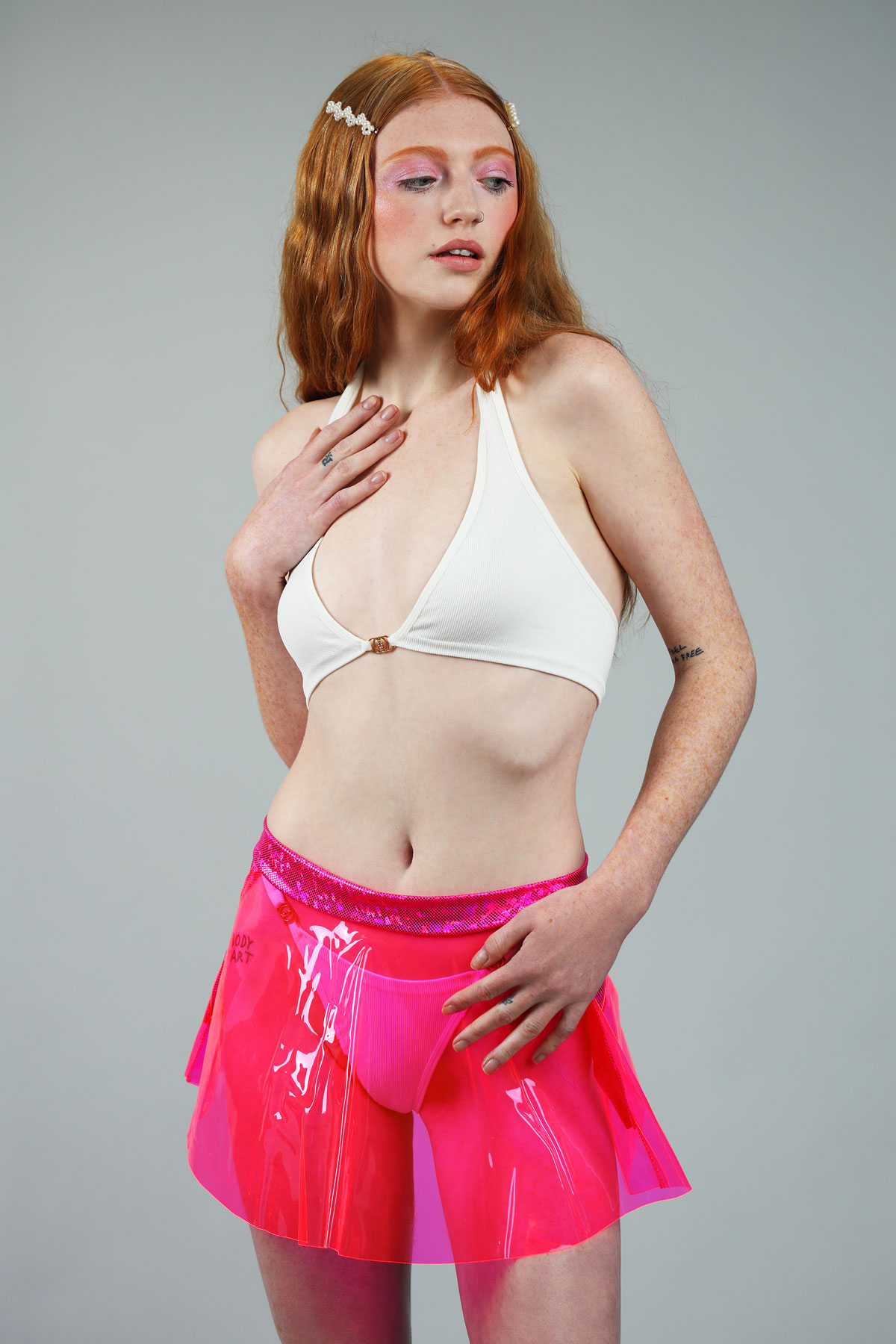 photography by @theorchidclay
photography by @theorchidclay
Many people have enjoyed looking back at the content that characterized the simpler times of their childhood in the midst of all the uncertainty of unprecedented times. Whether you're trying to affectionately think back on easier days or chuckle at the silliness of your thought process was "great," or even to observe a portion of these films interestingly, the Barbie Realistic Universe is your place to search for soothing, brilliantly shaded idealism and generational association.
Barbie
WE will see you soon!

